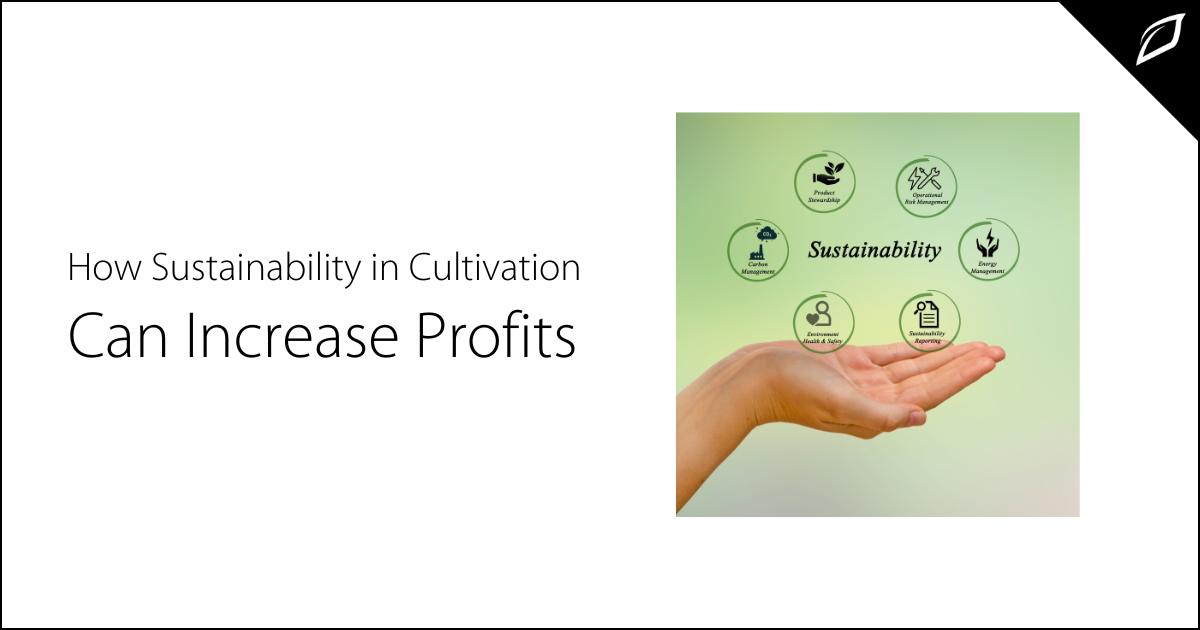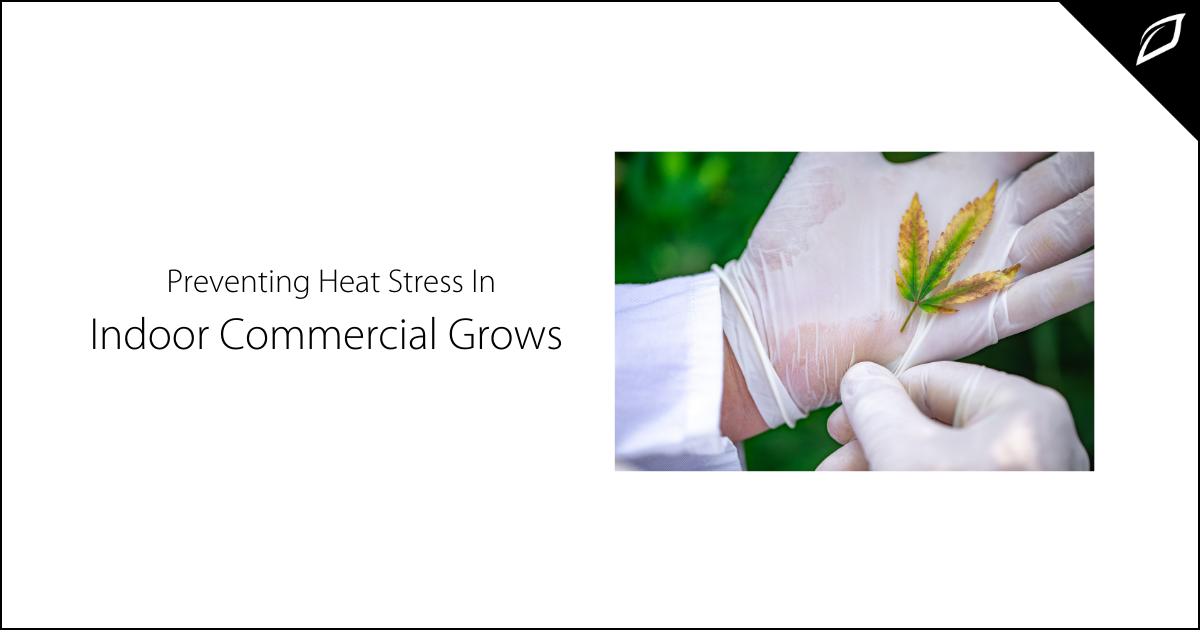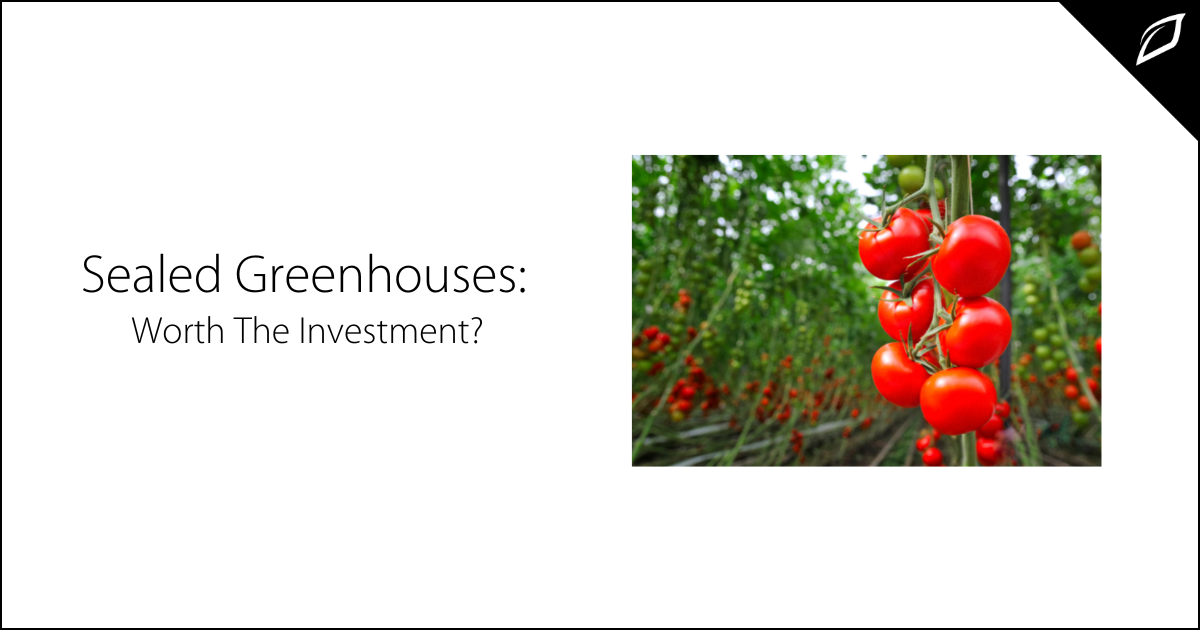Sustainability In Cannabis Cultivation Increases Profits
Sustainability in cannabis is a great sound bite in media, blogs, and marketing materials, but business owners need to make a profit and thrive. Can...
2 min read
Joy King : Oct 20, 2021 6:00:00 AM
-png.png)
Vapor pressure deficit (VPD) and its function in plant growth can be used as a tool for increasing your harvest. VPD isn't new, but historically farmers relied on the natural climate. Only more recently, with the rising popularity of indoor commercial farming and greenhouses, it's become possible to precisely control environmental conditions, including VPD. With the best genetics and nutrients globally, your plants can't reach their potential without dialing in humidity and temperature. Knowledgeable cultivars manipulate VPD to encourage the stomata on their plants to open, allowing them to take up as many nutrients as possible, resulting in increased growth.
What is vapor pressure deficit or VPD?
According to Wikipedia, "VPD is the difference (deficit) between the amount of moisture in the air and how much moisture the air can hold when it is saturated." Water condenses once the air becomes saturated and forms dew, clouds, or gathers on leaves or flowers. This last instance makes VPD essential for indoor and greenhouse growers. When water forms on plant leaves, it becomes considerably more susceptible to rot or mildew. As the VPD increases, plants draw more water from their roots. The ideal range for VPD is from 0.45 kPa to 1.25 kPa, ideally resting at around 0.85 kPa. As a general rule, most plants grow well at VPDs of between 0.8 and 0.95 kPa.
Why is VPD essential for plants?
When VPD is too high, your plants will transpire heavily, absorbing more nutrients than they can handle, causing harmful toxicity. Alternatively, low VPD may cause your plants to avoid transpiration, preventing them from uptaking vital nutrients they desperately need to thrive.
Manipulating VPD positively encourages your plants to keep their stomata open to expel excess moisture. As long as plants release moisture, they're encouraged to uptake more nutrients, increasing plant health and yields.
Environmental Conditions that Impact VPD
Temperature is critical to VPD measurement. Since the warmer the air temperature is, the more water the air can hold, you'll want to keep the air warm to encourage the stomata to stay open. If VPD is too high, lower your temperature to avoid toxicity as the plants take up too many nutrients.
Besides temperature, airflow can also impact VPD readings. Increasing airflow can cool down a grow room if the temperature is too high; fans provide relief without running costly HVAC units.
Relative humidity (RH) indicates the amount of water vapor in the air versus its potential. The vapor-pressure deficit differs from temperature because it more accurately predicts plant transpiration and water loss better than relative humidity. Relative humidity combined with temperature significantly impacts VPD readings.
You can manipulate VPD to increase production, but there's an overlooked benefit: decreased costs. When you control VPD, you control your nutrient expenses.
-png.png)

Sustainability in cannabis is a great sound bite in media, blogs, and marketing materials, but business owners need to make a profit and thrive. Can...

When temperatures rise, you're not the only one who feels the heat. Plants suffer when temperatures rise, especially if it's for an extended time. It...

Many modern farmers are turning to sealed greenhouses over traditional ventilated greenhouses. Heavy ventilation is required daily to combat...